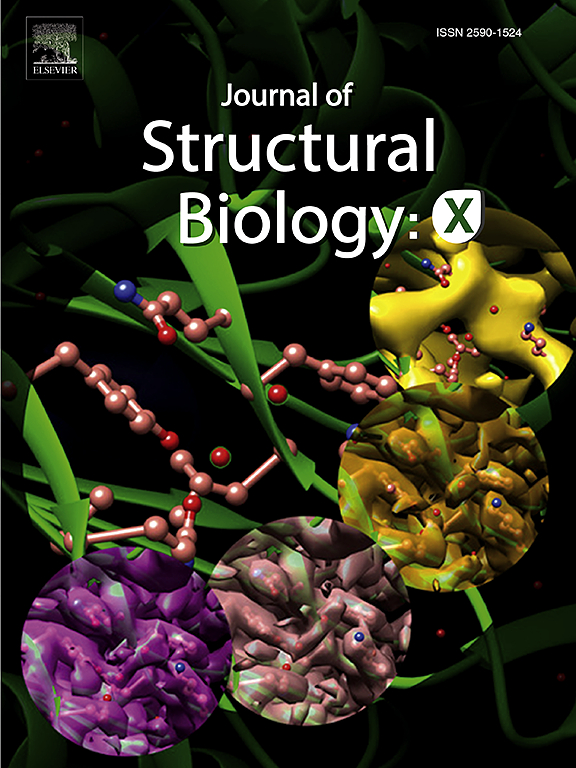核磁共振和半合成协同研究蛋白质调控。
IF 2.7
3区 生物学
Q3 BIOCHEMISTRY & MOLECULAR BIOLOGY
引用次数: 0
摘要
结构生物学作为一个领域在过去的几年中取得了巨大的进步,但是蛋白质紊乱区及其相关的翻译后修饰在分子水平上的机制作用仍然知之甚少。核磁共振提供了以原子分辨率研究这些区域的可能性,并了解蛋白质修饰的影响,从而了解蛋白质调节。然而,获得合适且定义良好的样品并不简单。本文综述了核磁共振蛋白半合成的几种方法及其应用。我希望证明这些化学和结构生物学技术创造了一种强大的协同作用,使蛋白质调节的结构研究成为可能。本文章由计算机程序翻译,如有差异,请以英文原文为准。

NMR and semi-synthesis in synergy to study protein regulation
Structural biology as a field has advanced immensely in the last few years, but the mechanistic roles of protein disordered regions and their associated post-translational modifications on the molecular level are still poorly understood. Nuclear magnetic resonance offers the possibility to investigate these regions with atomic resolution and understand the effect of protein modification, and thus protein regulation. However, obtaining suitable and well-defined samples is not straightforward. Here, I review some approaches to protein semi-synthesis for nuclear magnetic resonance purposes, and their applications. I hope to demonstrate that these chemical and structural biology techniques create a powerful synergy that enables structural studies of protein regulation.
求助全文
通过发布文献求助,成功后即可免费获取论文全文。
去求助
来源期刊

Journal of structural biology
生物-生化与分子生物学
CiteScore
6.30
自引率
3.30%
发文量
88
审稿时长
65 days
期刊介绍:
Journal of Structural Biology (JSB) has an open access mirror journal, the Journal of Structural Biology: X (JSBX), sharing the same aims and scope, editorial team, submission system and rigorous peer review. Since both journals share the same editorial system, you may submit your manuscript via either journal homepage. You will be prompted during submission (and revision) to choose in which to publish your article. The editors and reviewers are not aware of the choice you made until the article has been published online. JSB and JSBX publish papers dealing with the structural analysis of living material at every level of organization by all methods that lead to an understanding of biological function in terms of molecular and supermolecular structure.
Techniques covered include:
• Light microscopy including confocal microscopy
• All types of electron microscopy
• X-ray diffraction
• Nuclear magnetic resonance
• Scanning force microscopy, scanning probe microscopy, and tunneling microscopy
• Digital image processing
• Computational insights into structure
 求助内容:
求助内容: 应助结果提醒方式:
应助结果提醒方式:


